Tampa Bay is Playing the Long Game
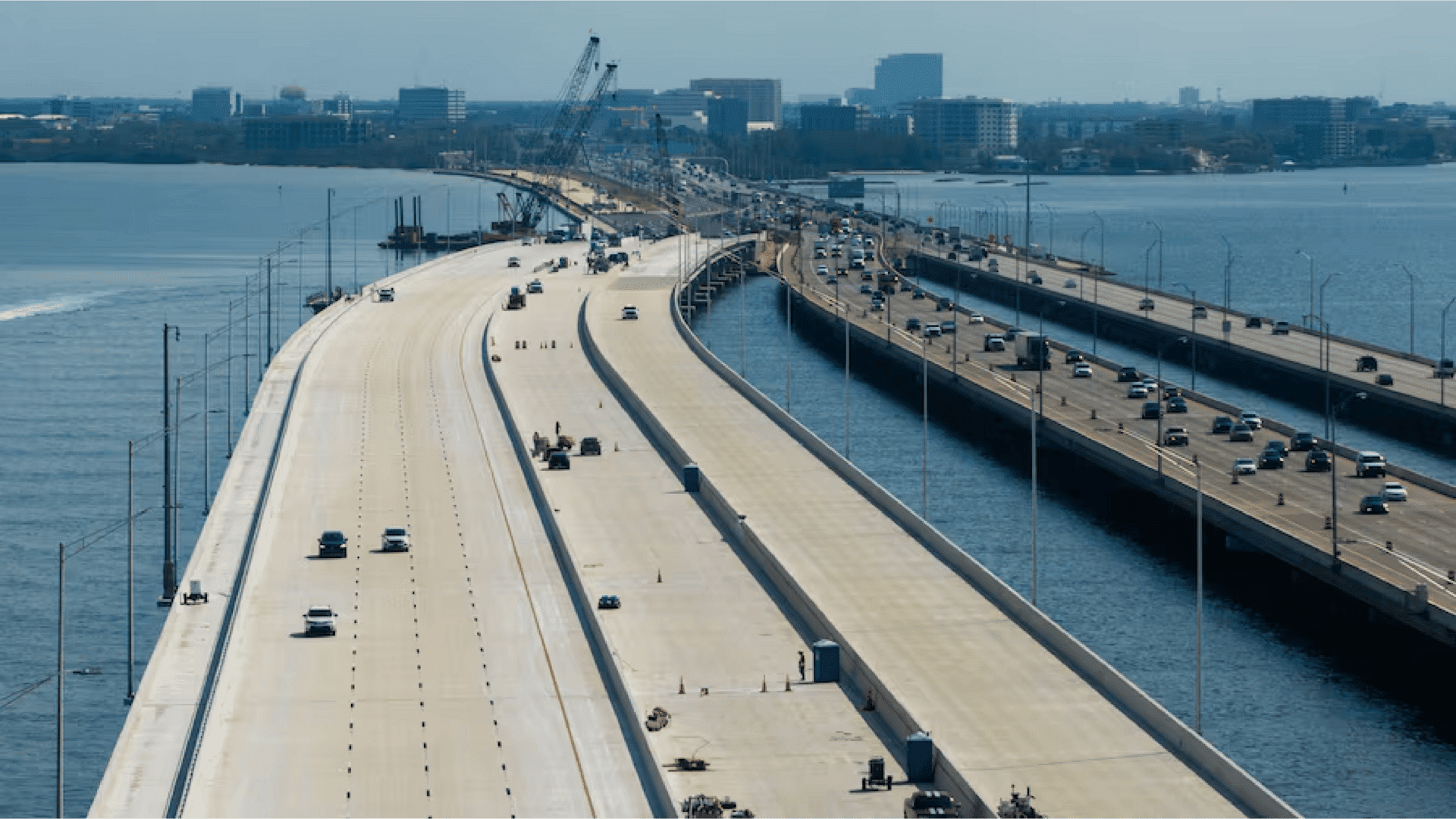
While everyone’s talking about cranes and condos, the biggest moves happening around Tampa Bay right now are quieter: ports, bridges, corridors, and tech companies planting flags. These are the kinds of projects that shape the next 30 years of growth, not just the next news cycle.
Here’s what’s moving the region forward.
1. Port Tampa Bay Just Got Deeper and More Valuable
Port Tampa Bay completed a $63 million project to deepen its main channel from 43 to 47 feet. It might not sound like much, but that extra depth allows the largest container ships in the world to dock here directly, skipping ports like Miami and Jacksonville.
This gives Tampa a bigger role in global shipping. More ships mean more distribution centers, warehouse development, and logistics jobs. Industrial space across Hillsborough, Polk, and Pasco counties could see strong demand as companies look to shorten supply chains.
Cities like Savannah and Charleston saw similar results after their own deepening projects. Within two years, both ports experienced major jumps in freight volume and warehouse construction. Tampa is now positioned for the same kind of logistics expansion.
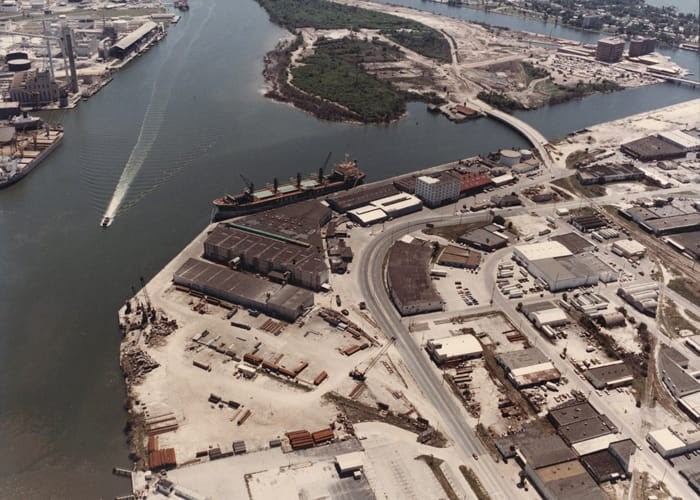
Ybor Channel in the 1980’s
2. Palantir Moves Into Ybor’s Innovation District
Defense-tech firm Palantir, valued around $60 billion, has established headquarters in Tampa’s Ybor Innovation District. Palantir’s software powers military, intelligence, and enterprise systems at the highest level, so this is a strong vote of confidence in Tampa’s infrastructure and talent base.
The location makes sense. MacDill Air Force Base already gives Tampa a pipeline of cleared, tech-savvy professionals. The city’s proximity to defense operations and its lower costs compared to Washington D.C. or Silicon Valley create a natural fit.
Huntsville, Alabama went through a similar shift ten years ago. As defense and aerospace companies consolidated there, the region transformed into one of the South’s top tech economies. Tampa is following a similar pattern, blending defense, tech, and talent under one roof.
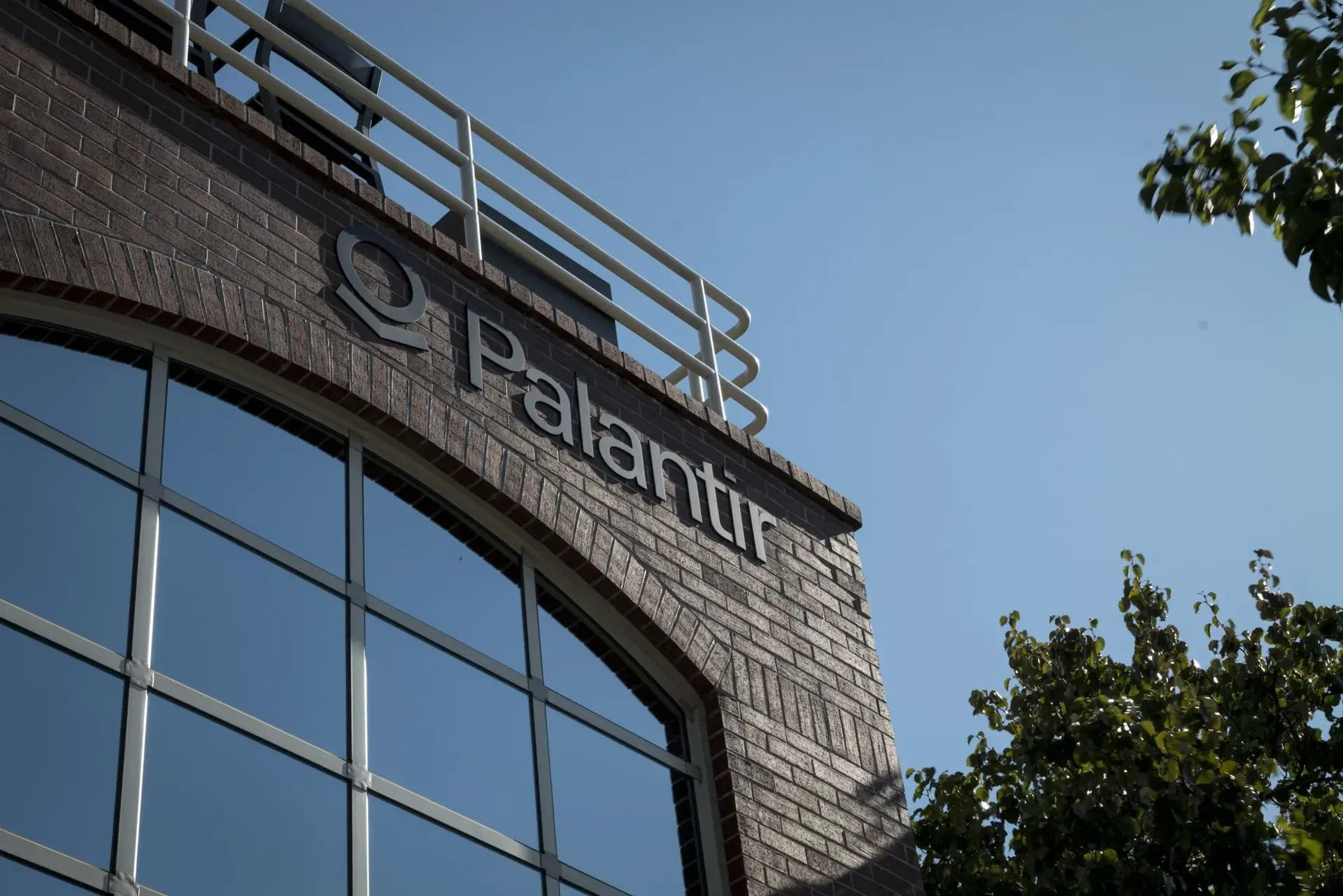
3. The Selmon Corridor Is Getting a $752 Million Redesign
The Tampa Hillsborough Expressway Authority is investing $752 million into the Selmon Expressway, but this project isn’t just about adding lanes. Roughly half of the funding supports nearby neighborhoods through small business grants, landscaping, and pedestrian safety improvements.
This is an important shift in how Tampa approaches infrastructure. Instead of cutting through communities, this project aims to lift them alongside the highway. The approach mirrors what cities like Charlotte and Raleigh have done, where mixed-use development and local reinvestment have turned road corridors into active business zones.
Expect property values and commercial demand along the Selmon to outperform county averages as the project continues.
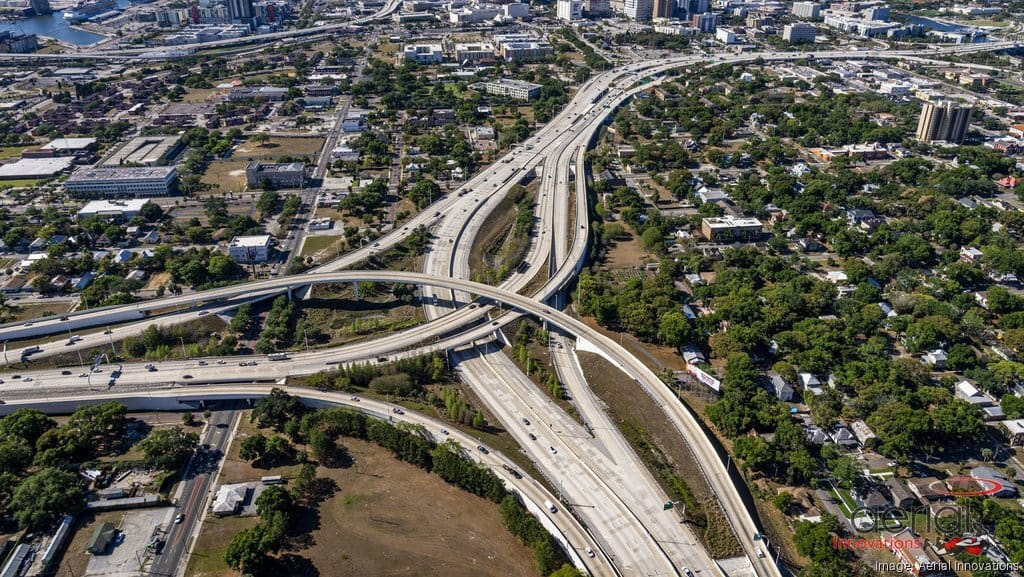
4. The Howard Frankland Bridge Redefines the Commute
The new eight-lane Howard Frankland Bridge is nearly complete. It’s taller, stronger, and built to handle modern storm and traffic demands. At the same time, I-275 express lanes through downtown Tampa are being expanded.
When these projects finish, they could cut commute times between Tampa and St. Pete by 15 to 20 percent. That small improvement changes how people think about where they live and work. Areas once considered “too far” become realistic for daily commuters, opening new residential and commercial markets on both sides of the bay.
We’ve seen this before. When Austin expanded I-35, growth followed the improved routes almost immediately. Miami’s express lanes sparked a similar pattern. The bridge will quietly reshape Tampa Bay’s housing and labor markets for years to come.
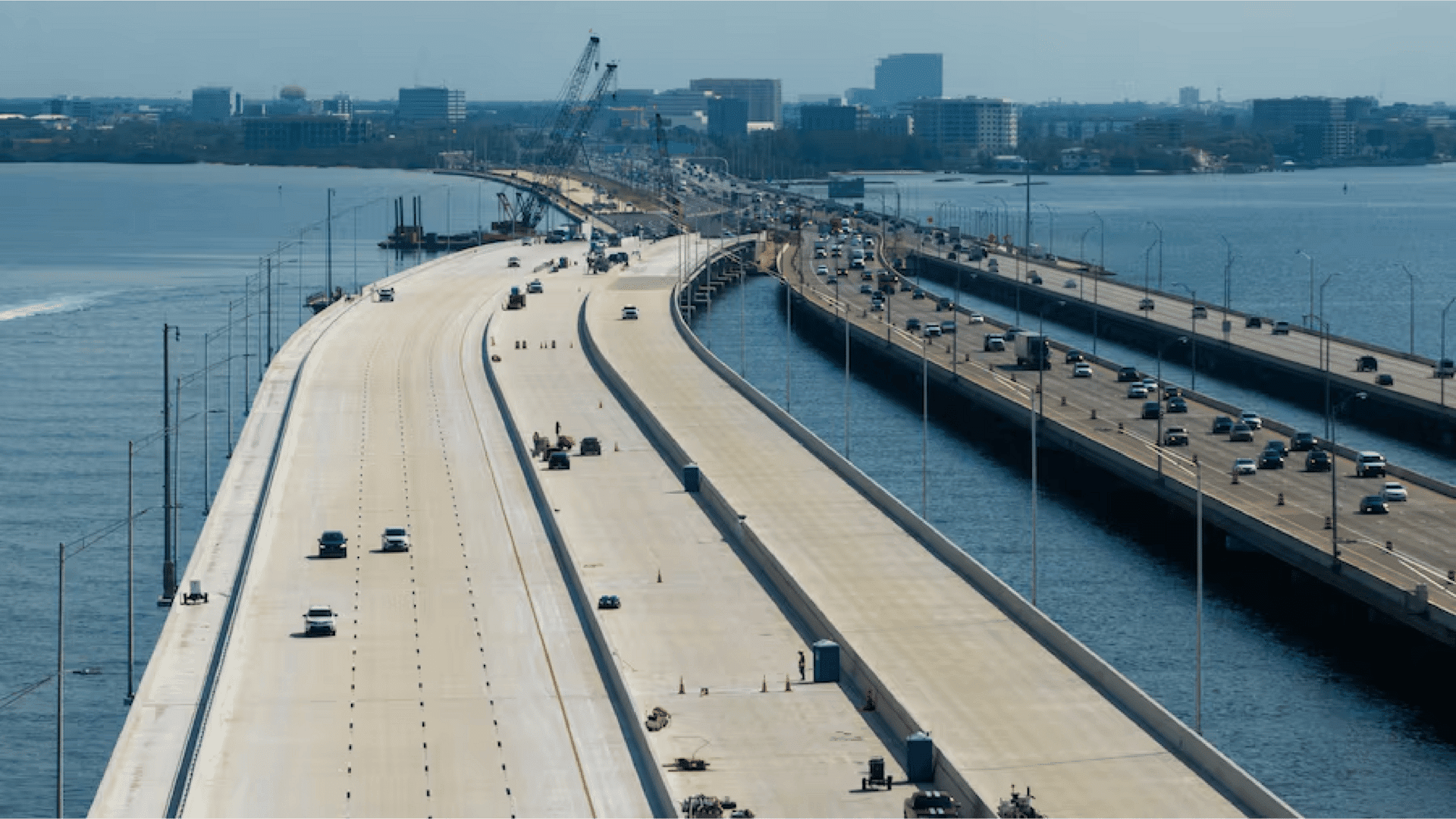
5. Creation Chooses Tampa as Its East Coast HQ
Phoenix-based developer Creation invested $135 million into Tampa and designated it as their East Coast headquarters. This is a clear sign that national capital sees Tampa as more than a hot streak.
When outside developers open offices instead of just funding projects remotely, it means they’re building long-term. Nashville experienced a similar phase around 2017 when national firms like Lincoln Property and Hines established local teams. That decision accelerated growth across downtown and nearby suburbs.
Creation’s move puts Tampa on the same map. With developers now basing themselves here, expect a new wave of national projects to follow.
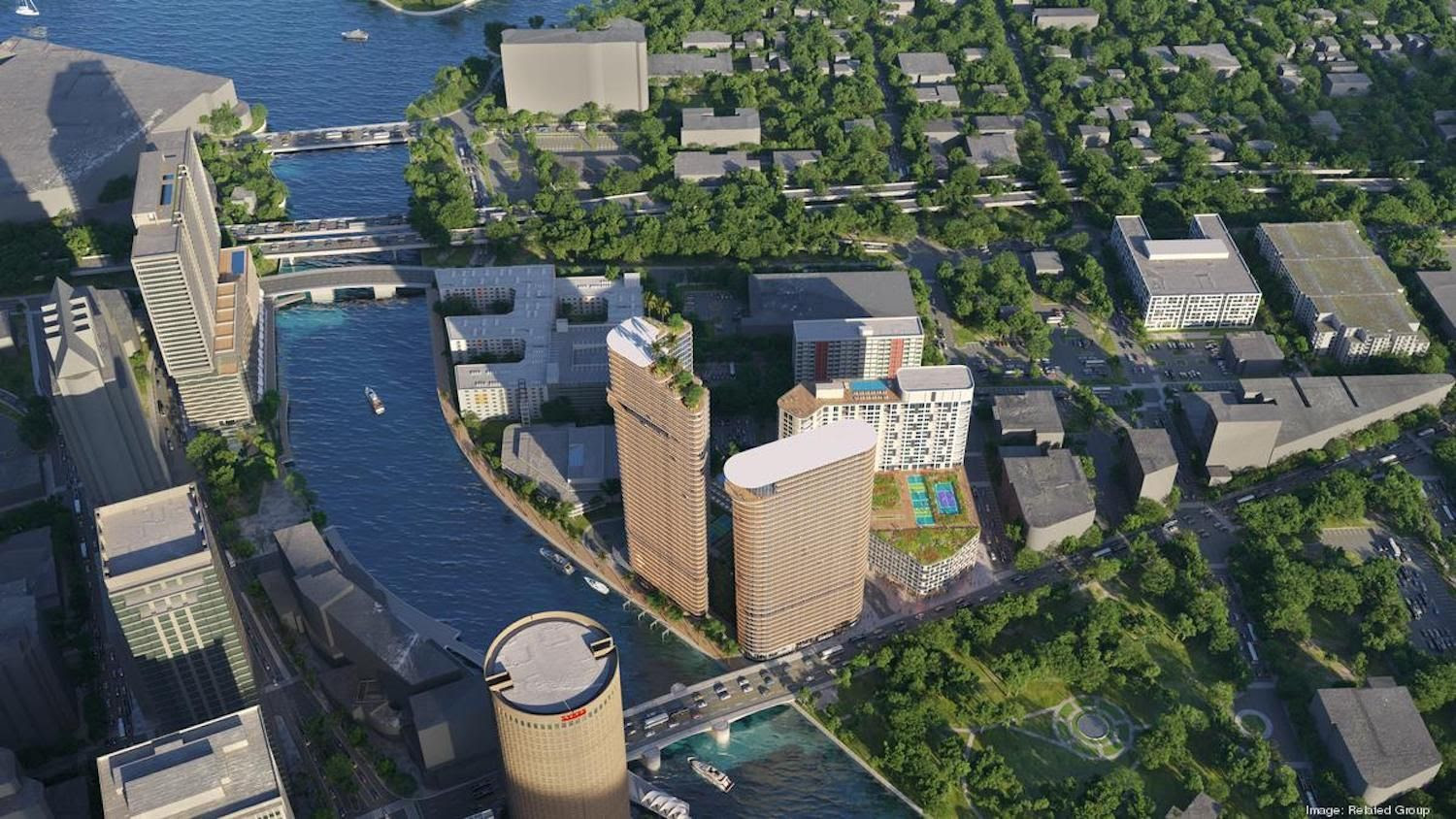
6. Tampa Experiments With AR-Powered Urban Planning
City planners in Tampa are testing augmented-reality tools that let residents point their phones at development sites and see proposed buildings or roads before construction starts.
This idea tackles one of the biggest challenges in urban development: public trust. Most opposition to new projects comes from people who can’t visualize what’s being proposed. Augmented reality makes the process transparent, showing exactly how a building or road will look in context.
Los Angeles and Toronto have tested similar tools and saw public hearings shorten by up to 25 percent. For developers, that means lower holding costs and faster approvals. If the system proves effective here, it could become a standard part of Tampa’s planning process within a few years.

7. Clearwater Gardens and the Case for Workforce Housing
Clearwater Gardens is an 81-unit project designed for households earning between 30 and 80 percent of the area’s median income. It’s nearly finished and already oversubscribed.
Projects like this are essential to keeping Tampa’s growth balanced. Teachers, nurses, and service workers form the backbone of the local economy, and without affordable housing near job centers, the system breaks down.
Denver and Austin are examples of what happens when workforce housing falls behind. Workers end up commuting hours from the city, businesses struggle to hire locally, and downtown economies lose stability. Clearwater Gardens is a small project, but it’s part of a larger push to make sure Tampa doesn’t repeat those mistakes.
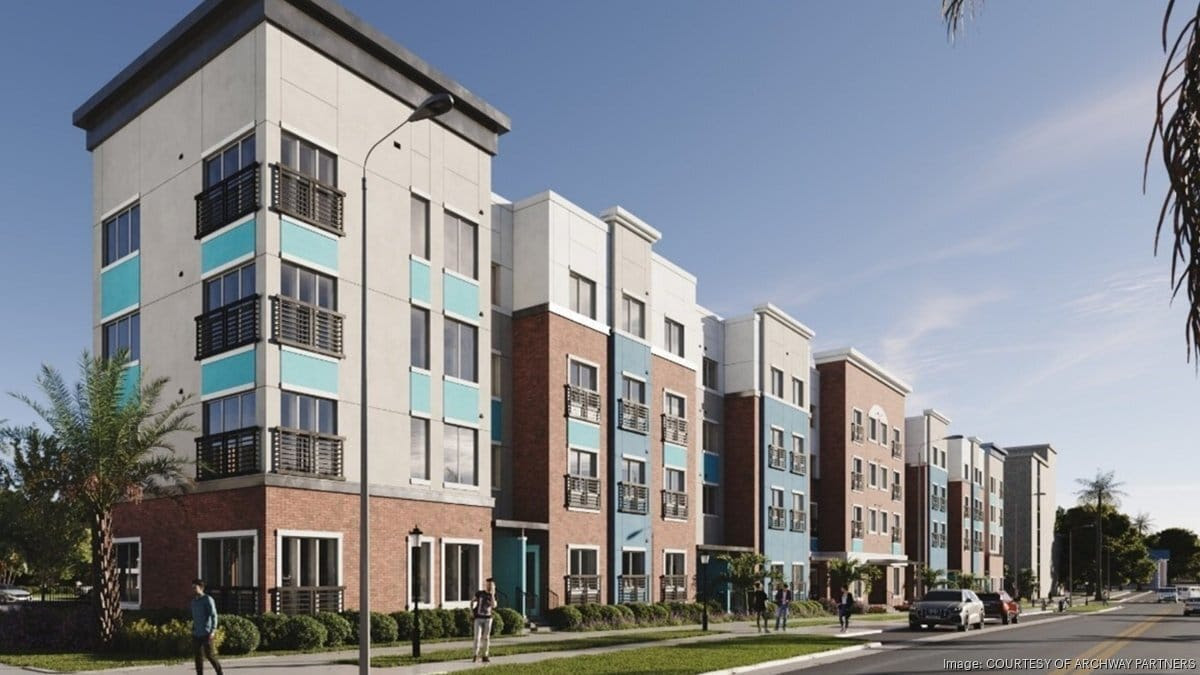
The Bigger Picture
Tampa Bay’s growth story isn’t just about shiny towers or waterfront condos. It’s about the long-term infrastructure and private investment that make those projects possible.
Ports, bridges, planning tools, housing, and tech all tie together. Each of these stories shows Tampa shifting from “emerging market” to “mature economy.” The focus now is execution.
If you want to stay ahead of what’s next — from new developments to the capital moving behind them — join the RTB newsletter below.
.jpg)
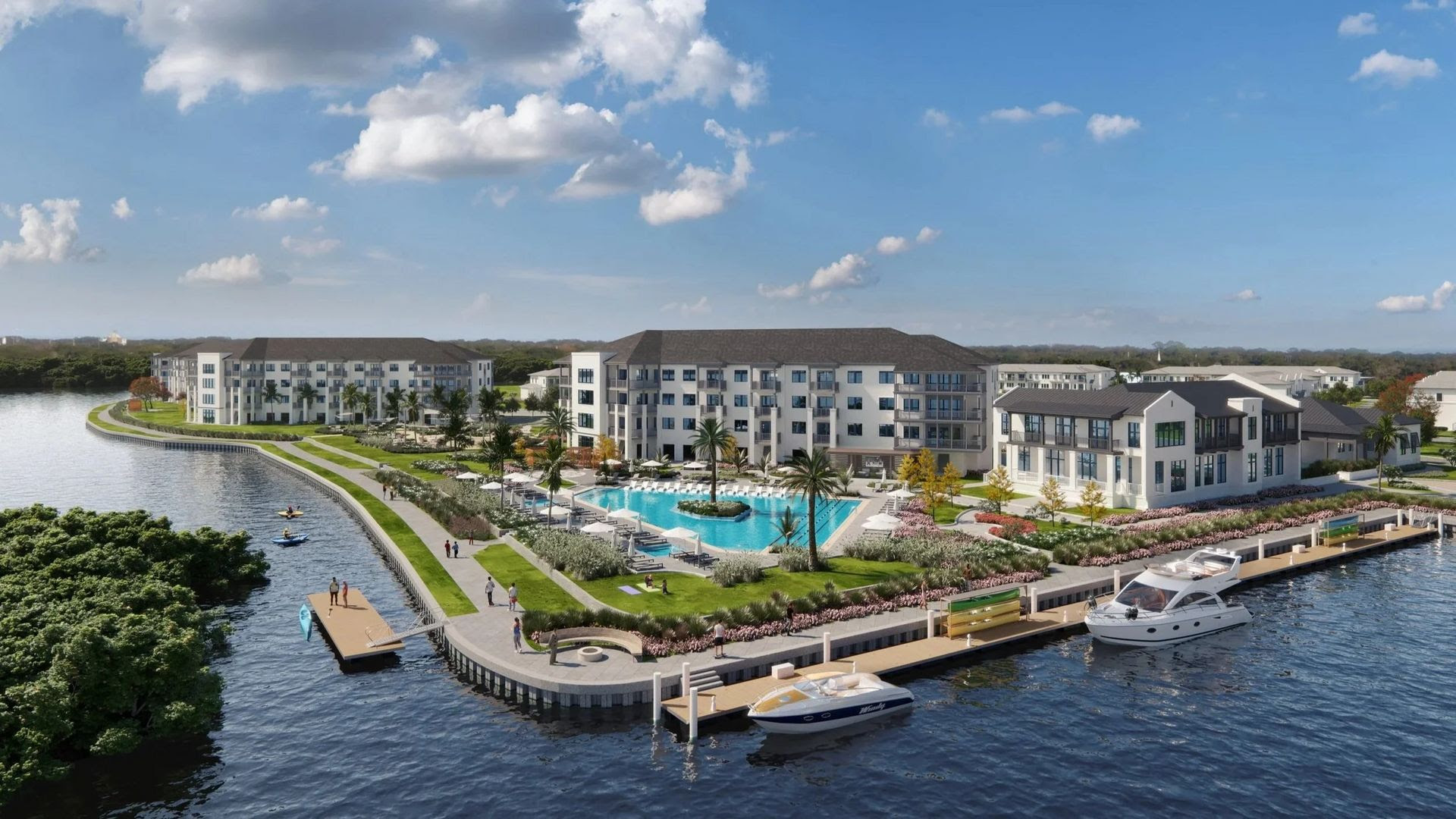
.jpg)
